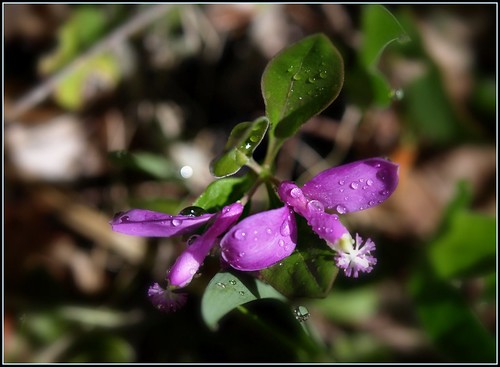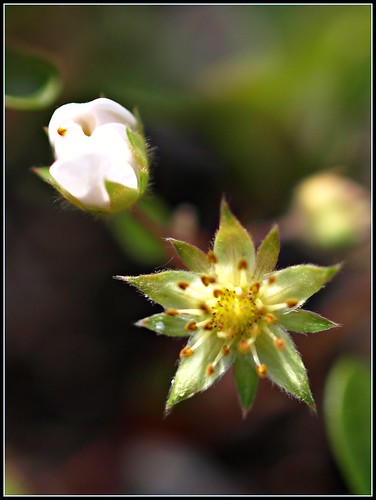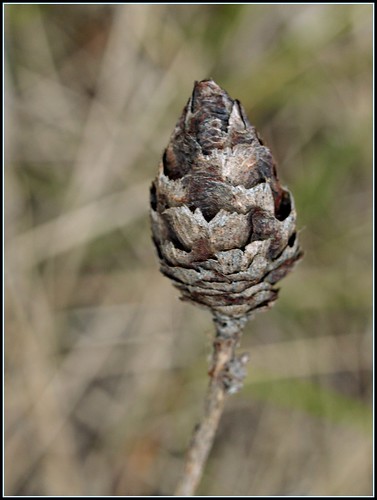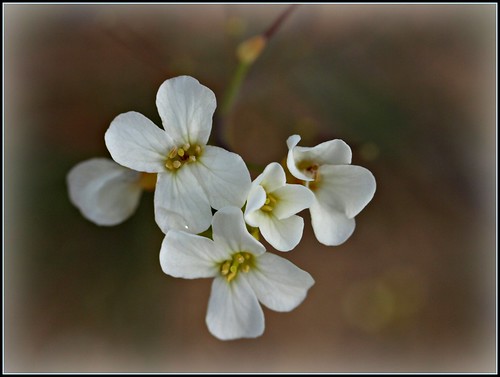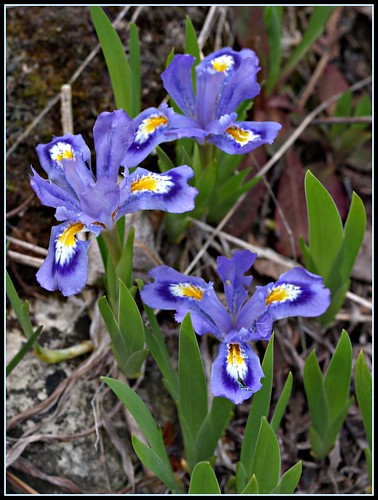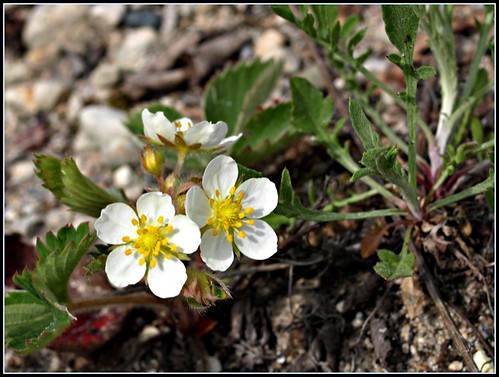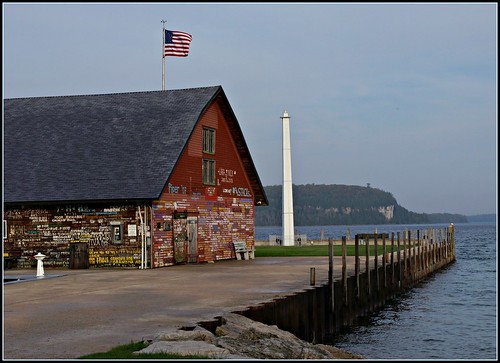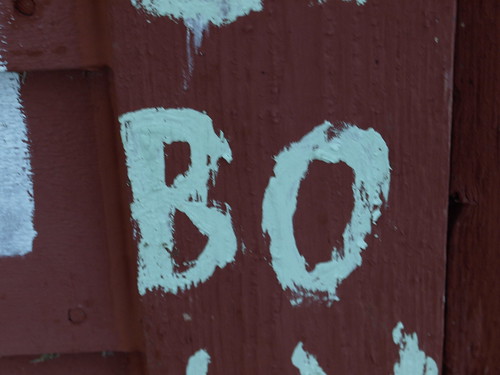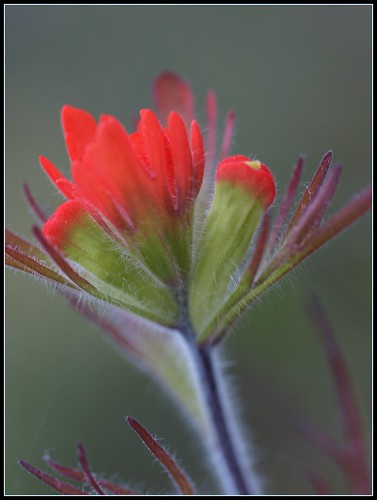Three more wildflowers that I photographed last weekend in Door County.
This little wildflower is Gaywings, also called Fringed Polygala, and it looks to me like a miniature airplane, grounded after a thunderstorm. It closely resembles an orchid, but is a member of the milkwort family. Folklore has it that if a tea made from the plant was consumed by nursing mothers or the plant was fed to cows, it would increase milk production. Found in northeast to north-central US and eastern Canada, it blooms in May and June.
The Small-Flowered Crowfoot is a buttercup, but doesn’t much look like one except that it has many separate stamens and pistils. It is poisonous, though some Native American tribes pulverized the root and soaked it in water to make an antiseptic to cleanse wounds. The greenish flower is less than an inch in diameter and grows near the ground, so it is easy to miss. It blooms May through early June.
The Marsh Marigold is one of only a few wildflowers that can grow in the middle of a stream. It has been known to grow so profusely as to give the water a yellowish glow. It was used medicinally to cure colds, anemia and convulsions, though the plant contains toxic glycosides which are only made harmless upon cooking. The flower blossoms make a sweet wine and they can also be used as a yellow dye. It blooms from late April through June.
